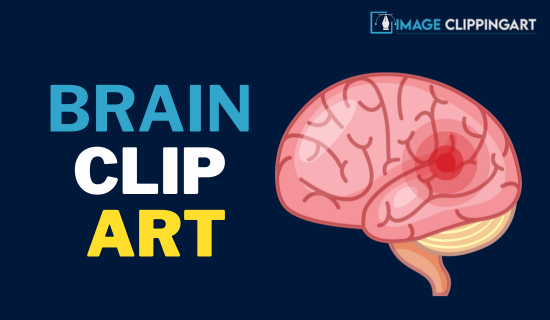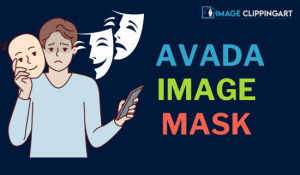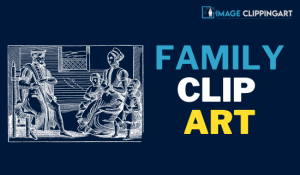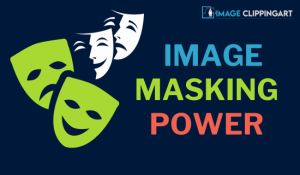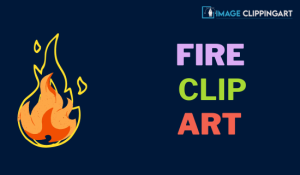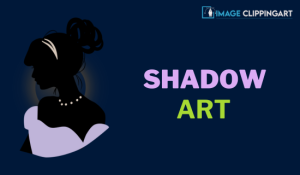In the digital age, visual representation has become an integral part of communication, education, and artistic expression. Among the myriad of visual elements, clip art has emerged as a versatile tool that adds both aesthetic appeal and clarity to various forms of media. One of the most intriguing and complex subjects for clip art is the human brain, a symbol of intelligence, creativity, and consciousness. In this exploration, we will delve into the fascinating world of brain clip art, its evolution, uses, and the creative potential it holds.
The Evolution of Brain Clip Art
Clip art, in its essence, refers to pre-made images or illustrations that can be easily incorporated into documents, presentations, websites, or any visual medium. While the concept of clip art has been around for centuries in the form of engravings and illustrations in books, its digital transformation began in earnest during the mid-20th century.
- Early Days of Clip Art: The earliest forms of clip art can be traced back to the invention of the printing press in the 15th century. Woodcuts and engravings were used to reproduce images in books and other printed materials.
- The Digital Revolution: Clip art entered the digital realm with the advent of personal computers in the 1980s. Software packages like Microsoft Office started bundling clip art libraries, making it easier for users to add images to their documents.
- Internet Era: The rise of the internet in the 1990s brought about a proliferation of clip art websites. Users could now download a wide range of clip art images, including those depicting the human brain, for free or a small fee.
- Customization and Vector Graphics: As technology advanced, clip art evolved to include vector graphics. This allowed for easy customization and scaling of images without loss of quality, making brain clip art more versatile.
The Significance of Brain Clip Art
Brain clip art holds a unique place in the world of visual communication. It symbolizes a multitude of concepts and ideas, making it a valuable resource in various domains:
1. Education:
- Classroom Materials: Brain clip art is widely used in educational materials to represent topics related to neuroscience, psychology, and learning.
- Presentations: Teachers and students often incorporate brain imagery into presentations to illustrate complex ideas and processes.
2. Healthcare:
- Medical Illustrations: Brain clip art is essential for medical professionals and researchers in visualizing the brain’s structure and functions.
- Patient Education: It helps in explaining medical conditions and treatment options to patients in a clear and comprehensible manner.
3. Psychology and Therapy:
- Therapist Resources: Psychologists and therapists utilize brain clip art to explain cognitive processes to their clients.
- Mental Health Education: It plays a role in raising awareness about mental health and reducing the stigma surrounding it.
4. Technology and Innovation:
- Tech Industry: Brain clip art is often incorporated into technology-related designs, symbolizing innovation, artificial intelligence, and cutting-edge thinking.
- Marketing: It is used in advertisements for products or services related to brain health, cognitive enhancement, and brain-related technologies.
5. Art and Creativity:
- Artistic Expression: Brain clip art can be a medium for artistic expression, offering unique and imaginative interpretations of the human mind.
- Creative Projects: Designers and artists use brain imagery to create visually striking and thought-provoking artwork.
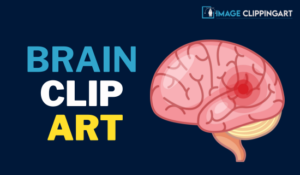
Exploring Creative Possibilities
Brain clip art is not limited to mere representation; it is a canvas for creativity. Artists and designers around the world have used brain imagery as a starting point for their imaginative projects. Let’s explore some creative possibilities:
1. Psychedelic Art:
- Surreal and psychedelic interpretations of the brain can take viewers on a mind-bending journey, exploring the depths of consciousness and creativity.
2. Steampunk Brain:
- Combining the elegance of Victorian-era machinery with the complexity of the brain can result in a fascinating steampunk-inspired design.
3. Digital Art:
- Digital artists can use brain clip art as a foundation for intricate, futuristic, and visually stunning compositions.
4. Metaphorical Representation:
- Brain clip art can be used metaphorically to represent ideas, such as a brain made of gears symbolizing the mechanics of thought.
5. Collage and Mixed Media:
- Incorporating brain clip art into physical collages or mixed media artwork can create a tactile and sensory experience.
Ethical Considerations
While brain clip art offers immense creative potential, it is essential to approach its use with sensitivity and responsibility. As the brain is closely associated with mental health and well-being, it’s crucial to avoid stigmatizing or trivializing mental health issues through its representation. Additionally, respecting copyright and intellectual property rights is paramount when using brain clip art for commercial or public purposes.
Conclusion
Brain clip art is a captivating and versatile visual element that has evolved alongside technological advancements. Its significance in education, healthcare, psychology, technology, and art cannot be overstated. Moreover, it serves as a canvas for creative expression, enabling artists and designers to explore the intricate depths of the human mind in imaginative ways.
As we continue to navigate the digital age, the evolution of brain clip art is likely to continue, reflecting our ever-expanding understanding of the brain’s complexity and its central role in human existence. By using brain clip art thoughtfully and responsibly, we can harness its creative power to educate, inspire, and elevate the way we communicate and visualize the fascinating realm of the mind.

